Sven Hulsbergen Henning, owner of HenningMade uses styles from different eras in ways they are complementary to one-another. Growing up surrounded by antiques and artwork from the 15th century up to 1950's, he was intrigued by how distinct aesthetic qualities of figurative and abstract styles influence heart and mind and how they could fuse into contemporary design.
'The essence of beauty is when power and fragility come together in one piece'
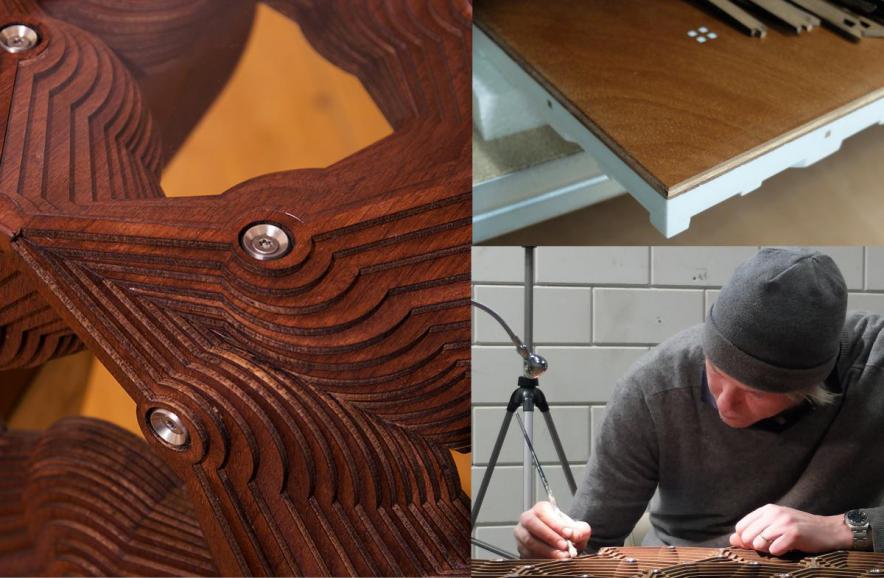
Merging technology with craftsmanship and classic rules of composition with organic patterns, a dialog is created between the artificial and the natural. Making use of the strong aesthetic and symbolic properties of abstract geometry, subjects like power, fragility, rationality and spirituality are expressed free from historical context but without breaking with it.
While working as an architect he attended the vocational school for wood, furniture and interior in Amsterdam. This allowed him to fully deploy his aesthetic concept in architectural furniture pieces. His graduation project of 2014 was a centerpiece during Young Talents, a show presenting the best of recently graduated designers and artists from a selection of art schools.
Education

Additive vs Behavioral Design
Additive Design
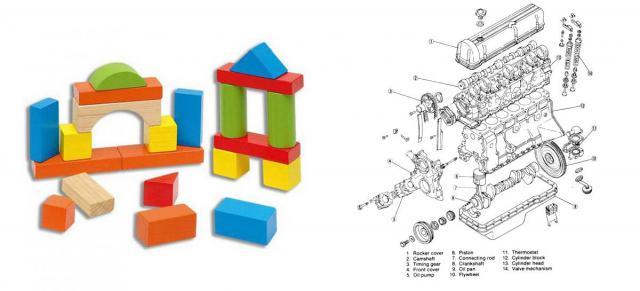
Behavioral/Parametric Design

In contemporary design techniques rule-based computer programs are written to automatically generate an endless variety of shapes within variable parameters. Although this form of parametric design is considered new to the digital revolution, it isn't.
Medieval Gothic architecture for example, is based on exactly the same principle. The freedom of organization from a few relatively small elements within simple rule-based behavior. Behavioral design is very similar to natural growth.
This technique opens up an enormous richness of shapes that are entangled, or knotted together as opposed to the classic or additive design technique in which the elements of which an object is composed always stay recognizable as individual parts.
The medieval predecessor of parametric design inspired me to search for ways to make parametric designs without the need of programming; to keep the advantage of the human rational and intuition over cold computer calculations.
The used patterns are carefully constructed with a technique that still allows an almost endless variety of possibilities while every design decision remains a conscious choice. Although computers are used for both design and fabrication, it is not a computer program generating the design.
The patterns are used in combination with classic additive design techniques. Like with paintings there is a rational, pre-conceived composition underlying the freedom of the intuitive patterns of the painters hand. This constrained freedom is what places an object between 'fauve' nature and the logic of human reasoning.
Patterns
HenningMade explores the esthetic power of patterns to bond objects with live and vice versa.
Patterns of growth and decay veil the surfaces of things with a complex mosaic of experience.
The mosaic shows the omnipresent forces behind entities transforming and shaping each other, hence connecting them.
It's a beautiful expression of unique character.
This beauty is not about representing a preconceived notion of reality.
It's a lived experience felt as we become aware of our place in space and time and find ourselves related to everything around us.
Patterns of Growth
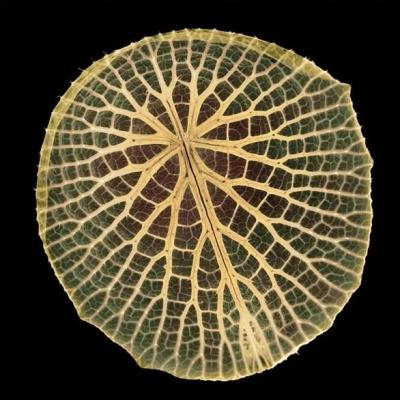 |
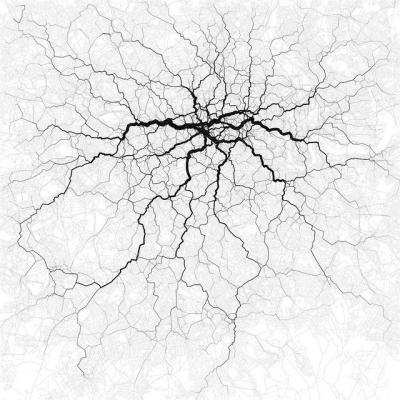 |
Leaf (L), London (R)
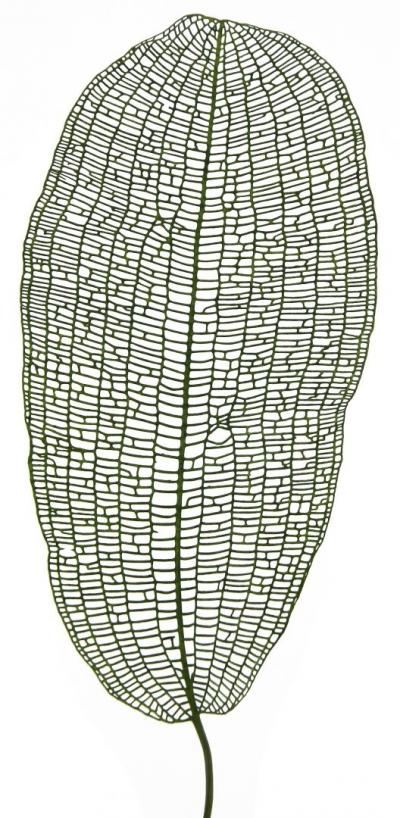 |
 |
Leaf (L), New York (R)
 |
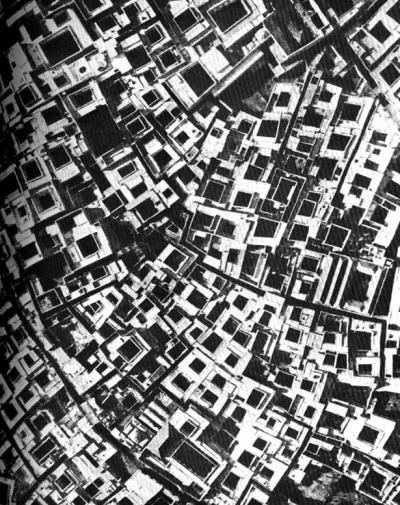 |
Fungus (L), Marrakesh (R)
Decay: Patterns of age
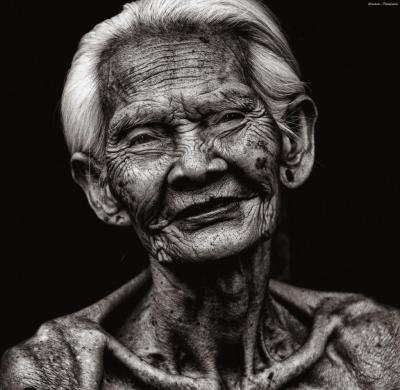 |
 |
Face (L), Cracked paint (R)
Hand tool to surface patterns
 |
 |
Patterns of decoration
 |
 |
Zebra (L), Facial tattoo Chin tribe (R)
